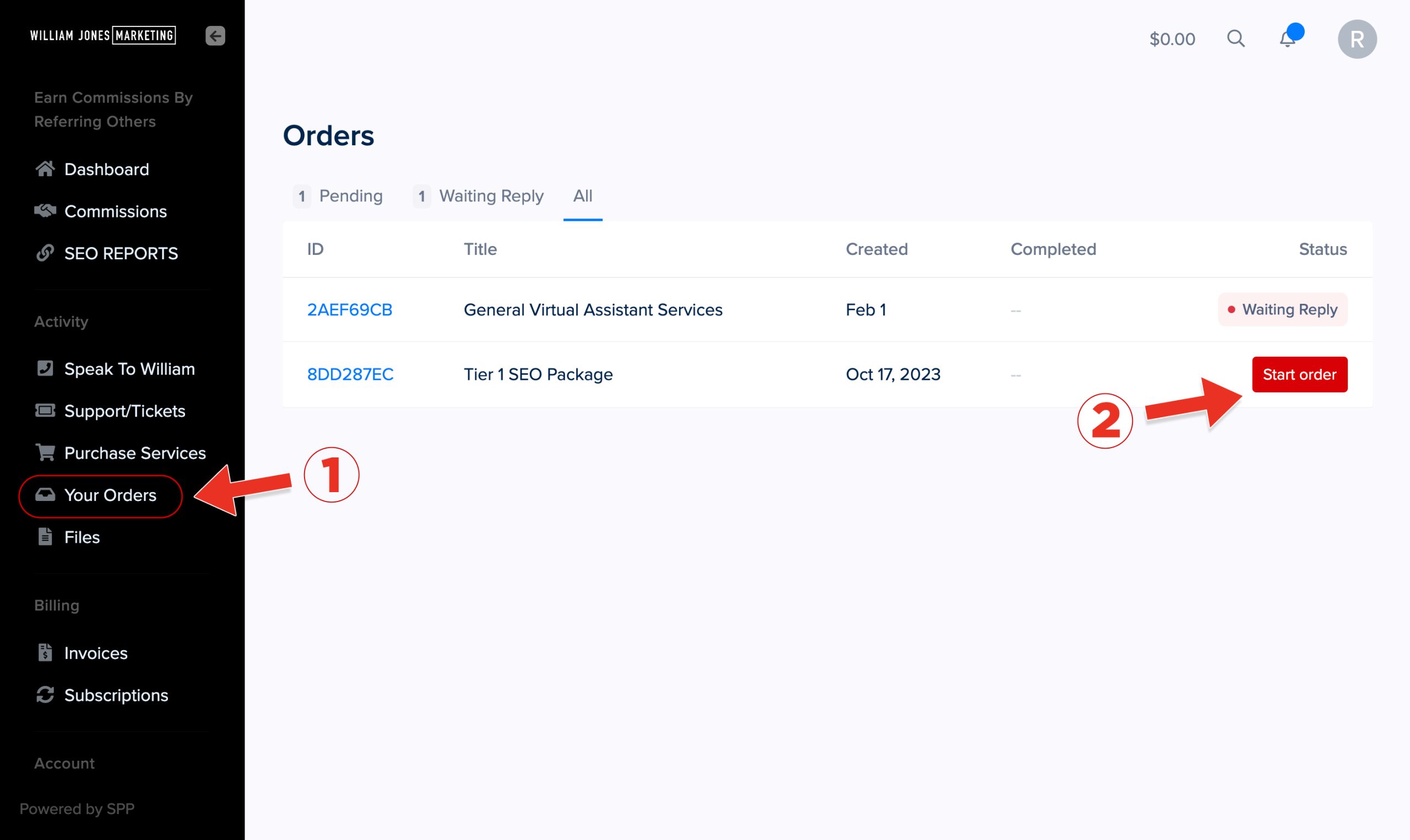
In today’s digital age, establishing a strong online presence is essential for small businesses to thrive. And when it comes to being discovered by local customers, mastering the art of Local SEO (Search Engine Optimization) is paramount. Whether you run a cozy café, a boutique shop, or a family-owned service, understanding the fundamentals of Local SEO can make all the difference in attracting nearby clientele. In this guide, we’ll delve into the essential strategies and tactics that small businesses can employ to optimize their online presence for local searches. From optimizing your website’s content and structure to claiming your business listings on various platforms, we’ll cover it all. Additionally, we’ll explore the importance of garnering positive reviews and engaging with your local community online. So, if you’re ready to take your small business to the next level and boost your visibility among local customers, buckle up as we journey through the Local SEO fundamentals tailored for small businesses.
Understanding the Basics of Local SEO
In the vast landscape of digital marketing, local SEO stands as a crucial tool for small businesses aiming to thrive in their communities. Unlike traditional SEO, which focuses on improving a website’s visibility on a global scale, local SEO targets local customers searching for products or services in their area. Understanding the fundamentals of local SEO is essential for small businesses looking to enhance their online presence, attract more local customers, and ultimately grow their revenue. Let’s delve into the basics of local SEO and explore how small businesses can leverage it to their advantage.
What is Local SEO
Local SEO refers to the process of optimizing a business’s online presence to attract more local customers. It involves various strategies aimed at improving a business’s visibility in local search results on search engines like Google, Bing, and Yahoo.
The Importance of Local SEO for Small Businesses
Local SEO is particularly important for small businesses that rely on local customers for revenue. By optimizing their online presence for local search, small businesses can increase their visibility to potential customers in their area, leading to more foot traffic, phone calls, and website visits.
Key Components of Local SEO
Local SEO comprises several key components, including optimizing Google My Business listing, local keyword research, building citations, obtaining local backlinks, and managing online reviews. Each of these components plays a crucial role in improving a business’s visibility in local search results.
Optimizing Google My Business Listing
A well-optimized Google My Business (GMB) listing is essential for local SEO success. Small businesses should ensure that their GMB profile is complete, accurate, and up-to-date with relevant information such as business hours, contact details, and photos.
Local Keyword Research
Identifying and targeting local keywords is vital for small businesses to rank well in local search results. By conducting keyword research specific to their location and niche, businesses can uncover valuable terms that potential customers are using to find products or services in their area.
Optimizing Your Google My Business Listing
In today’s digital age, having a strong online presence is essential for small businesses to attract local customers. One of the most powerful tools for enhancing visibility in local search results is Google My Business (GMB). A well-optimized GMB listing can significantly improve a business’s online visibility, drive more website traffic, and increase foot traffic to physical locations. In this guide, we’ll explore eight essential steps for optimizing your Google My Business listing to maximize its effectiveness and reach more potential customers.
Claim and Verify Your Listing
The first step to optimizing your GMB listing is to claim ownership of it and verify that you are the rightful owner of the business. This process typically involves receiving a verification code via mail, email, or phone, which you’ll need to enter to confirm your ownership.
Complete Your Business Information
Ensure that all essential information about your business is complete and accurate. This includes your business name, address, phone number (NAP), website URL, business hours, and categories. Providing accurate information helps customers find and contact your business easily.
Add High-Quality Photos
Photos play a crucial role in attracting customers to your business. Upload high-quality images of your business, including your storefront, interior, products/services, and team members. Use photos to showcase what makes your business unique and appealing to potential customers.
Write a Compelling Business Description
Craft a concise and compelling business description that accurately reflects what your business offers and what sets it apart from competitors. Use relevant keywords to improve your chances of appearing in local search results and entice potential customers to learn more about your business.
Select Relevant Categories
Choose relevant categories that accurately describe your business. Selecting the right categories helps Google understand what your business is about and ensures that it appears in relevant search queries from potential customers.
Tracking and Measuring Local SEO Success
Tracking and measuring the success of your local SEO efforts is crucial for understanding what’s working and where improvements can be made. By monitoring key metrics and analyzing data, you can ensure that your strategies are effectively driving more local traffic and improving your business’s visibility in local search results.
- Local Keyword Rankings: Keep track of your business’s rankings for local keywords related to your products or services. Monitor changes over time to gauge the effectiveness of your optimization efforts.
- Organic Traffic: Analyze the amount of organic traffic coming to your website from local search queries. Increasing organic traffic indicates that your local SEO strategies are attracting more visitors to your site.
- Google My Business Insights: Utilize the insights provided by Google My Business to understand how customers are finding your business online. Monitor metrics such as views, clicks, and actions taken to assess your GMB listing’s performance.
- Online Reviews and Ratings: Track the number of online reviews your business receives and monitor the sentiment of customer feedback. Positive reviews and high ratings can boost your business’s credibility and visibility in local search results.
Conclusion
Rank Fortress, we understand the pivotal role that local SEO plays in enhancing the online visibility and success of small businesses. Through our comprehensive understanding of the fundamentals of local SEO, we recognize the significance of optimizing for local search results to effectively reach and engage with our target audience. By prioritizing strategies tailored to our primary location in the USA, we ensure that our clients benefit from increased brand visibility, improved website traffic, and ultimately, sustainable business growth.

